While Port Hardy is the most northern community on Vancouver Island and is known for its beauty, the town with a population of about 4,000 has much more to offer.

Did you know it is believed to be the site of the oldest community on the island?
An archaeological dig at Beaver Cove, now the BC Ferries Terminal, uncovered evidence dating back to circa 5850 BCE, making it the oldest known site of human habitation on Vancouver Island.
Port Hardy is considered to be one of the locations for the best cold water diving in the world. Visitors travel to Browning Wall and God’s Pocket to see sites such as huge fish, purple hydrocorals and red sea urchins.
People also come from all over the world to experience the beauty of northern Vancouver Island and to go on hikes such as the North Coast Trail. This 43-kilometre trail is in Cape Scott Provincial Park and can be accessed from Port Hardy via a logging road.
In Carrot Park, along the waterfront, stands a monument of a wooden carrot. It marks the northern end of the Island Highway and is a symbol of the completion of road building promises made by the B.C. Government to people in the region since 1897. The Carrot Campaign of the late 1970s was directed at the government to keep its promises of finishing the highway.
A short drive from Port Hardy, on the way to the town of Holberg, is the Shoe Tree. The old cedar tree is covered with hundreds of shoes put there by hikers. It is believed to have been started as a joke in the 1970s.
The importance of salmon and its influence on the region is everywhere.
The Quatse Salmon Stewardship Centre was built to teach residents and visitors about salmon and salmonid enhancement.

Get breaking National news
WATCH: Jeannie McCormack, manager of the Interpretive Salmon Centre, speaks to Global News about the hatchery:

“There’s nothing like it anywhere else,” said McCormack. “Until this year we were the only salmon interpretive centre on Vancouver Island.”
Port Hardy appears to be on the cusp of a booming tourism industry.
Mayor Hank Bood said while the biggest industries are still resource-based, including logging and fishing, tourism is gaining.
In the summer, hotels are full and people flock to the area to go diving, fishing, kayaking, surfing, hiking and more.
“It’s the wild and the experience of the wild,” said Bood.
While Port Hardy is also the gateway to B.C.’s north, such as Prince Rupert and the Great Bear Rainforest, Bood said the plan is to develop more tours and activities to keep people in town.
“It will be more tourism with an emphasis on cultural tourism,” he said.
Tourism season in the town is generally May to October, and right now the town still depends on traditional industries to survive. But eco-tourism and cultural tourism are starting to draw more visitors.
Bood is confident there is room for all of it in Port Hardy.
“We don’t want one industry wrecking it for another,” he said. “We have room for it all.”






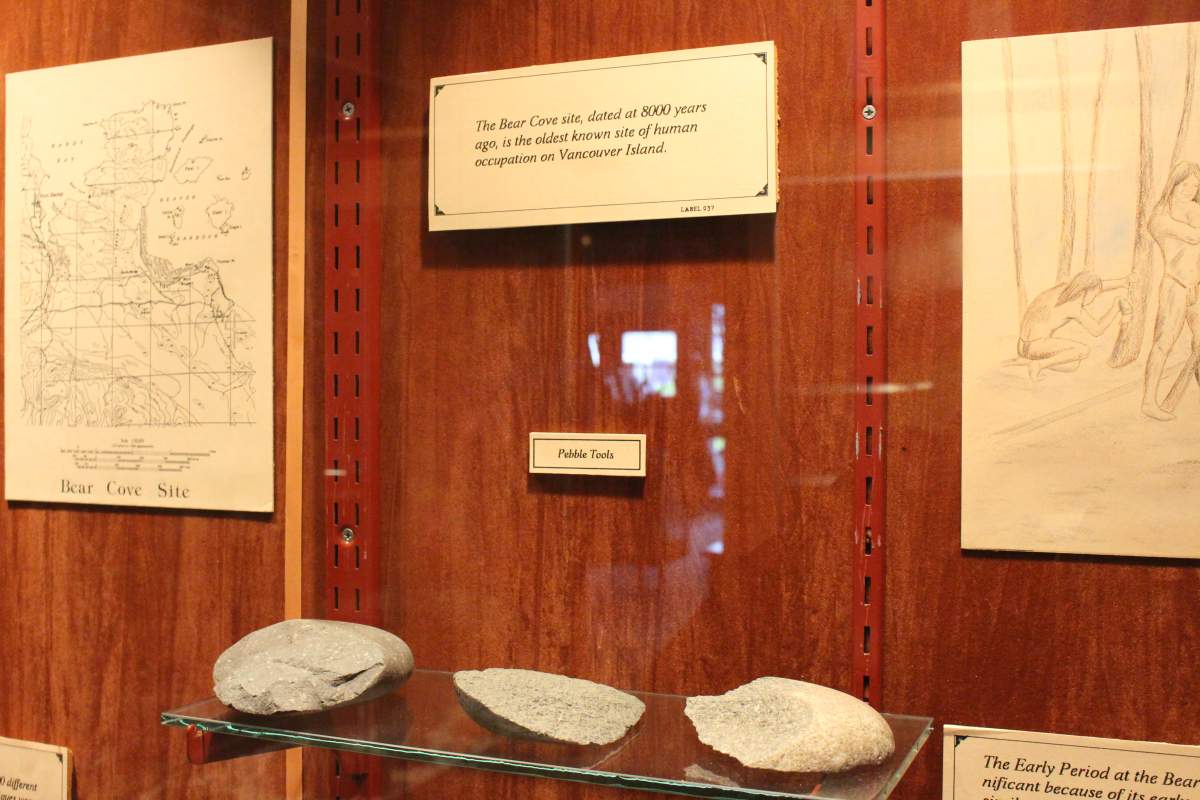



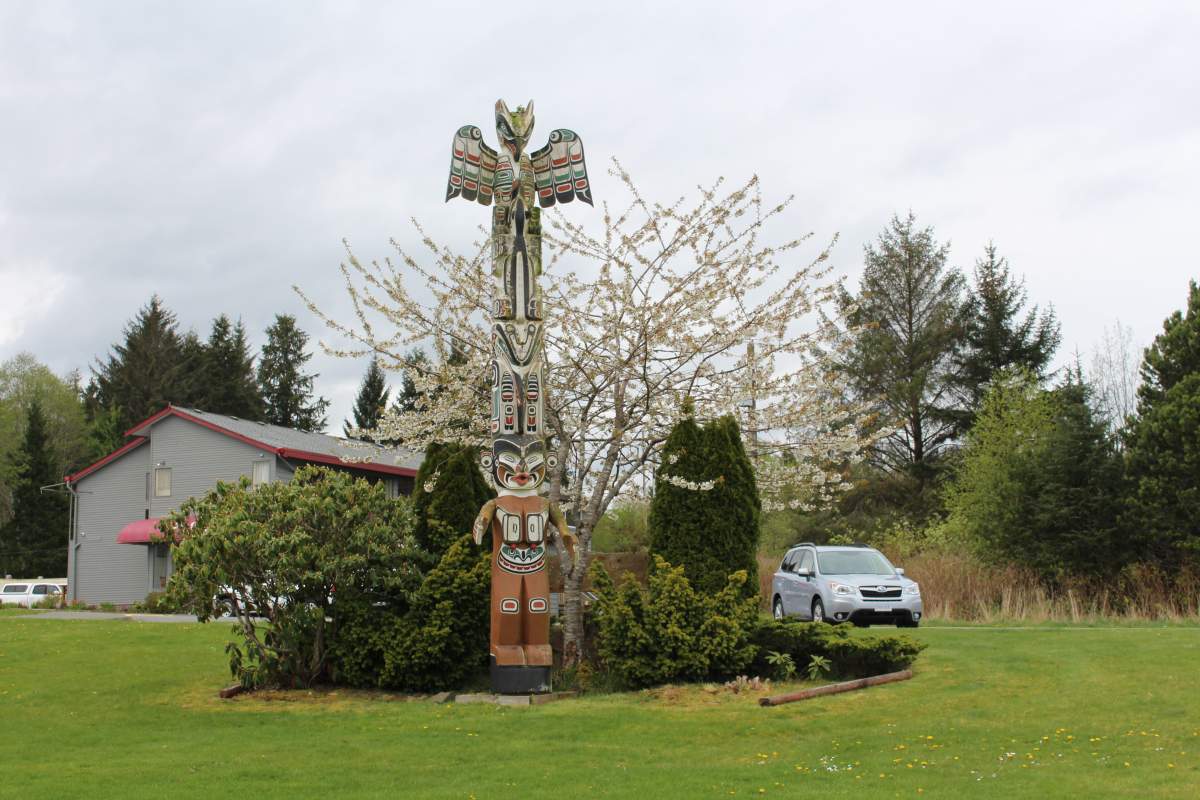

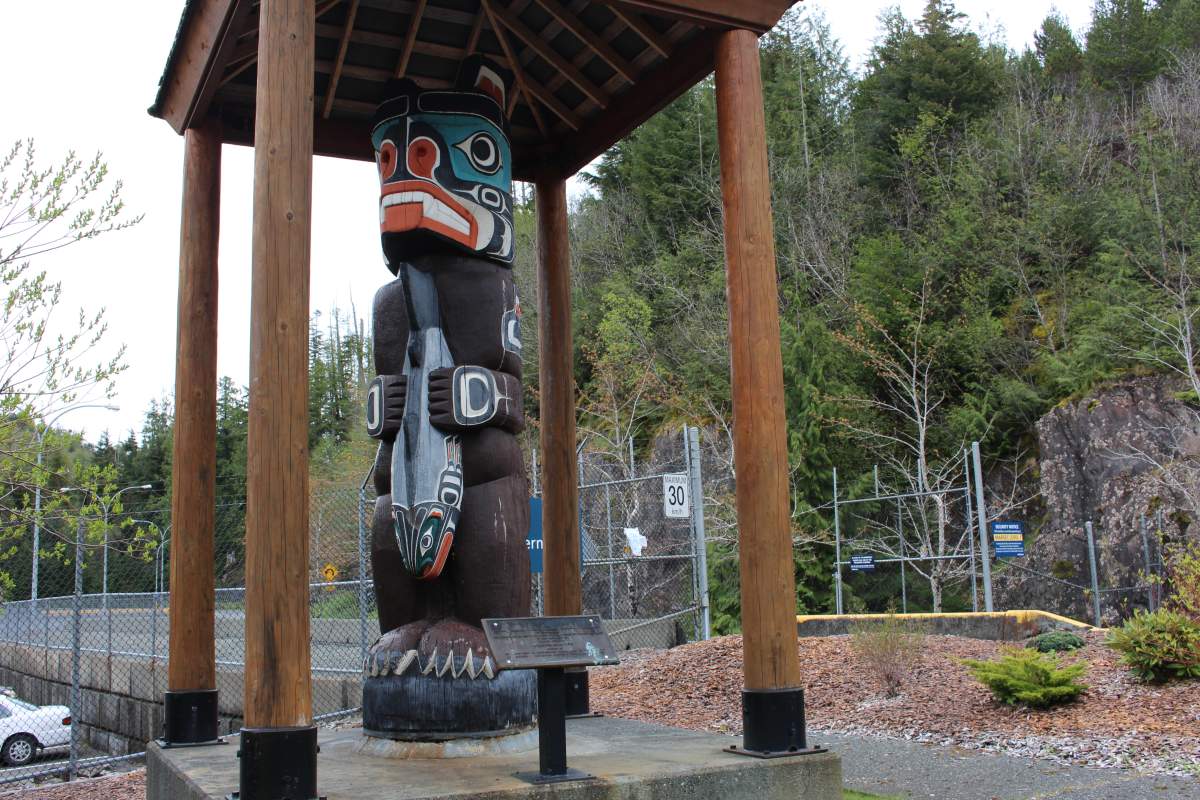



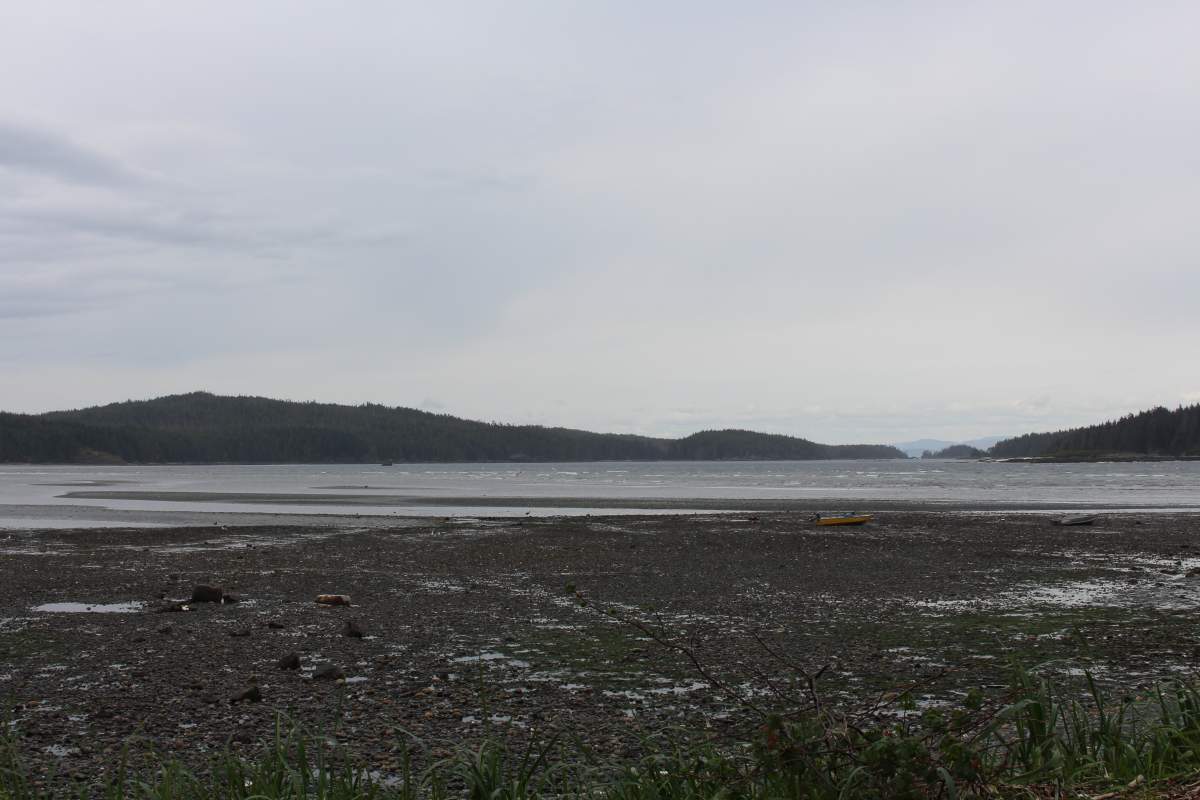
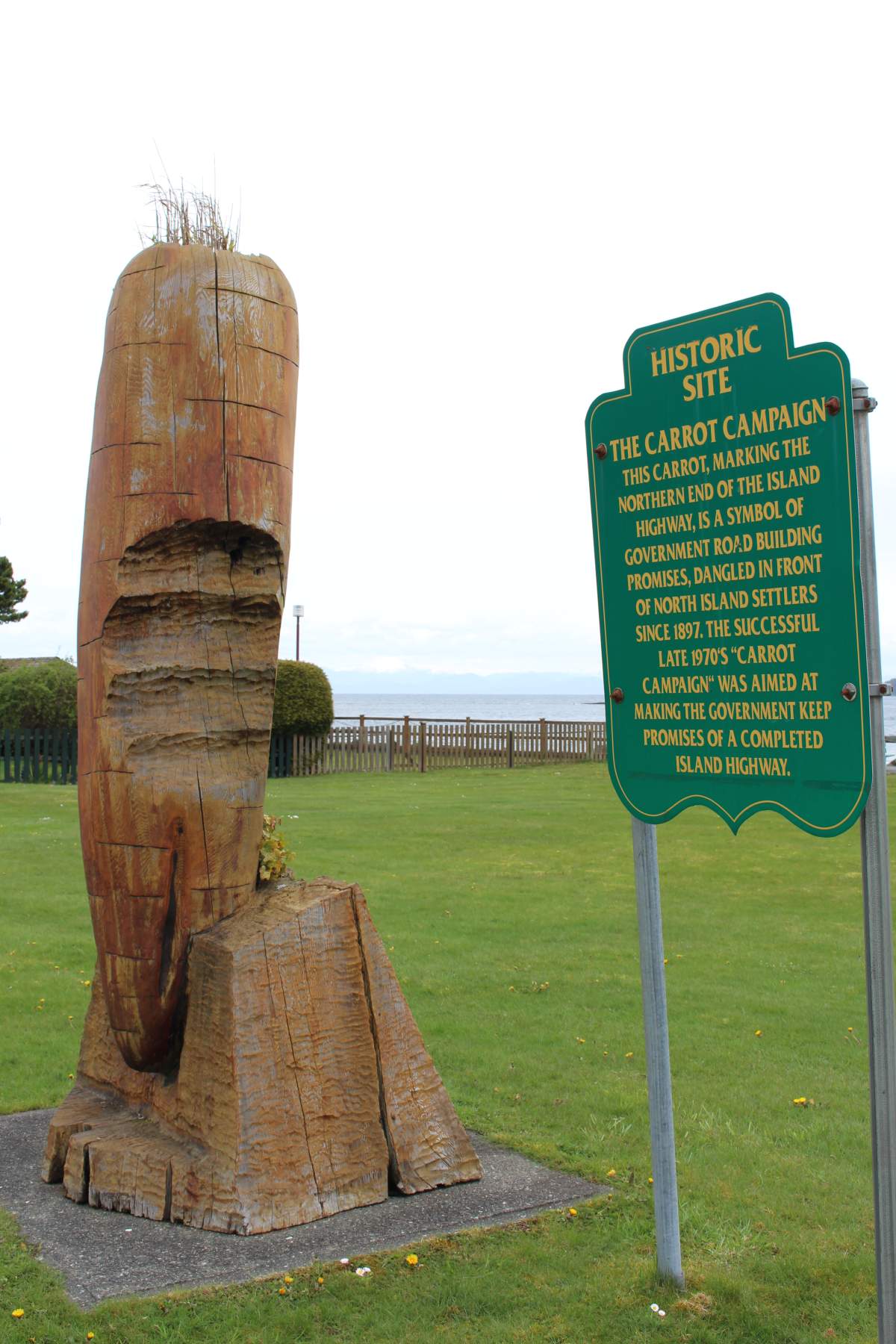

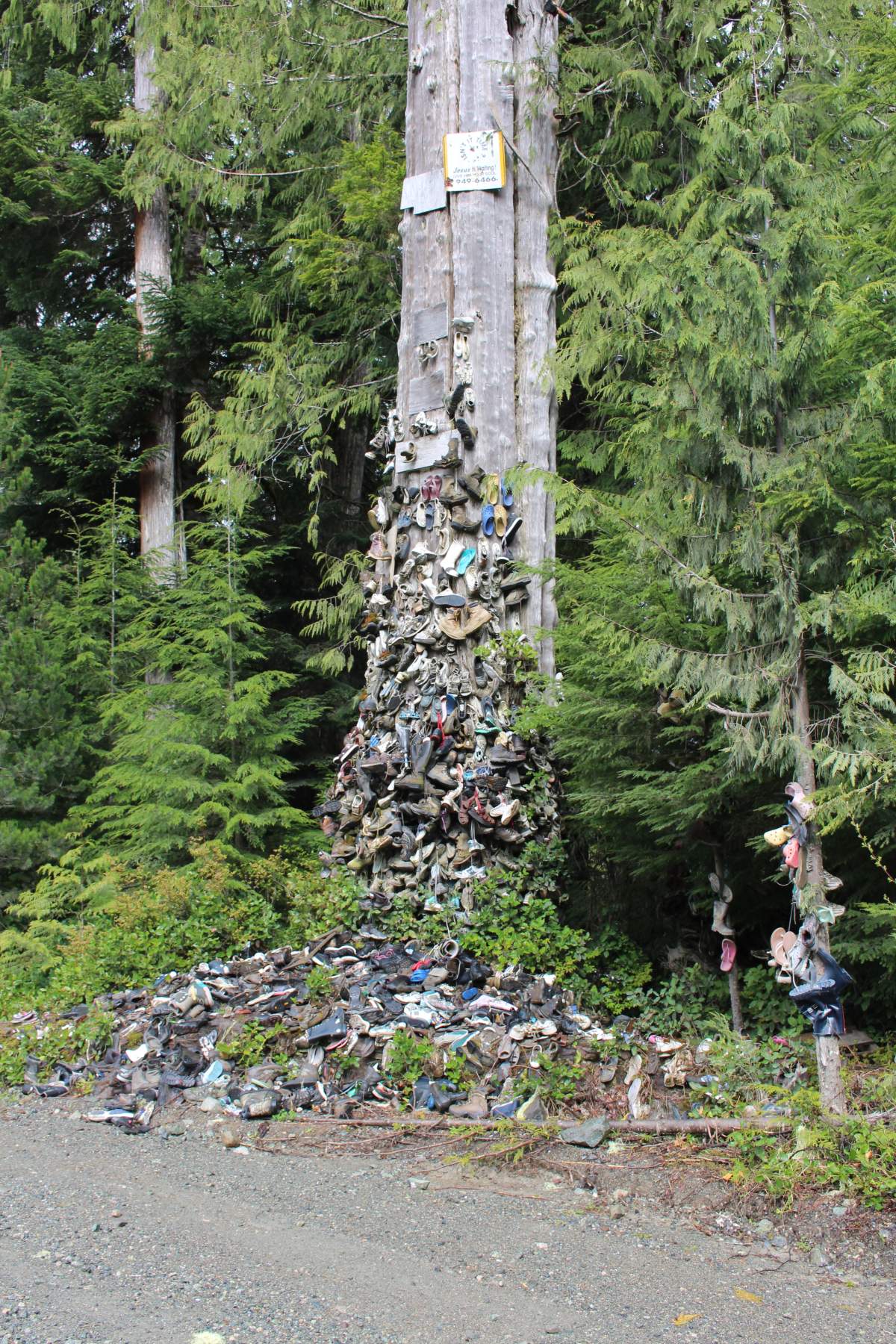







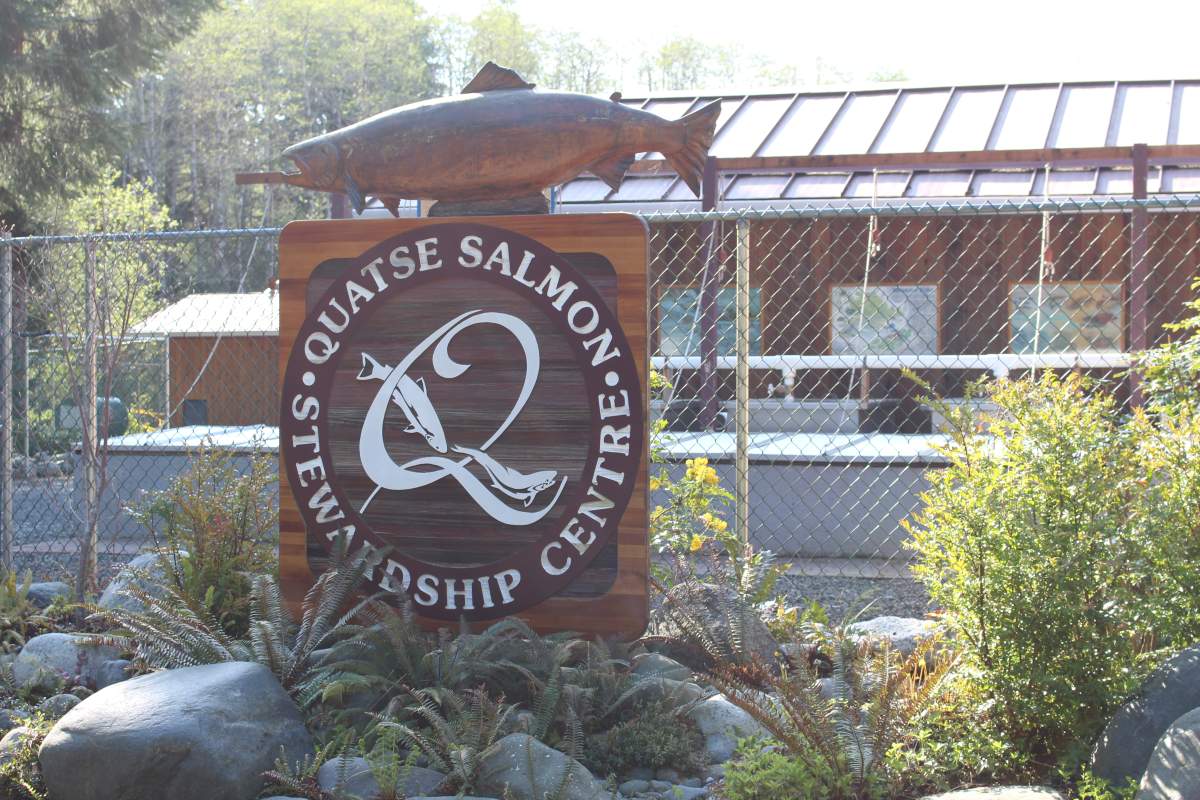

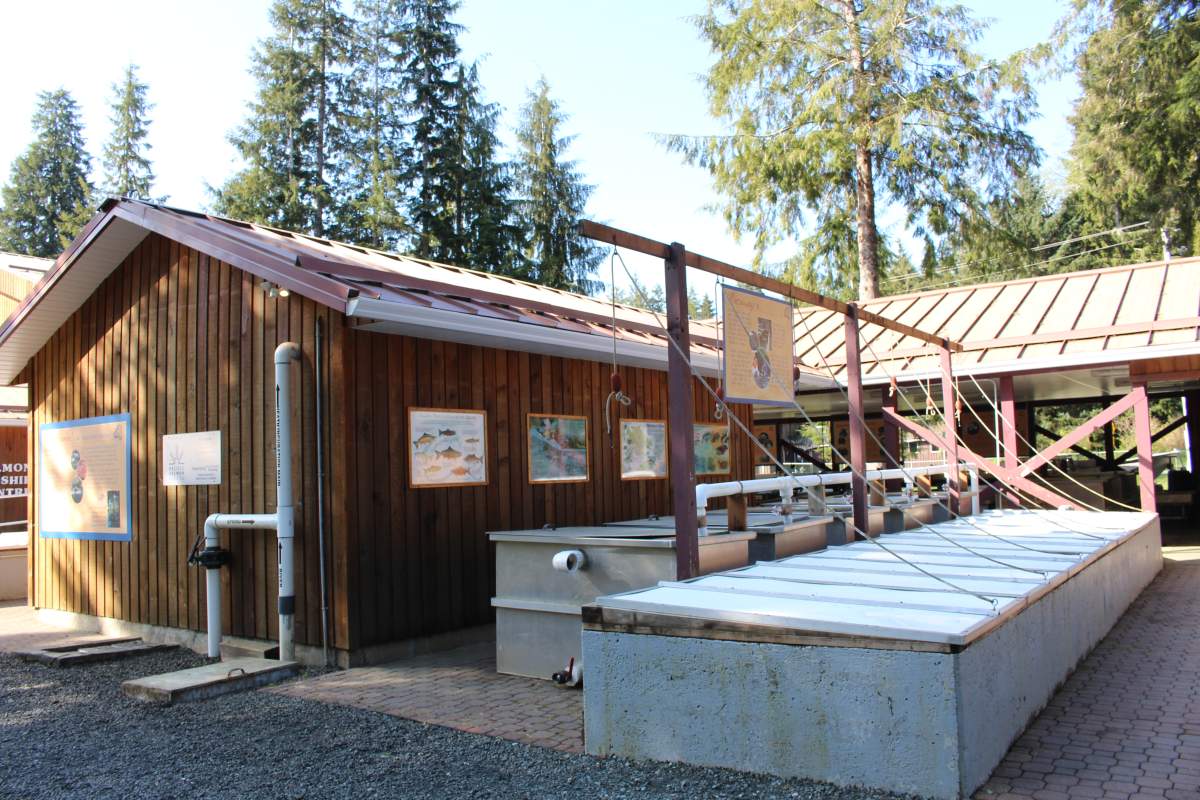

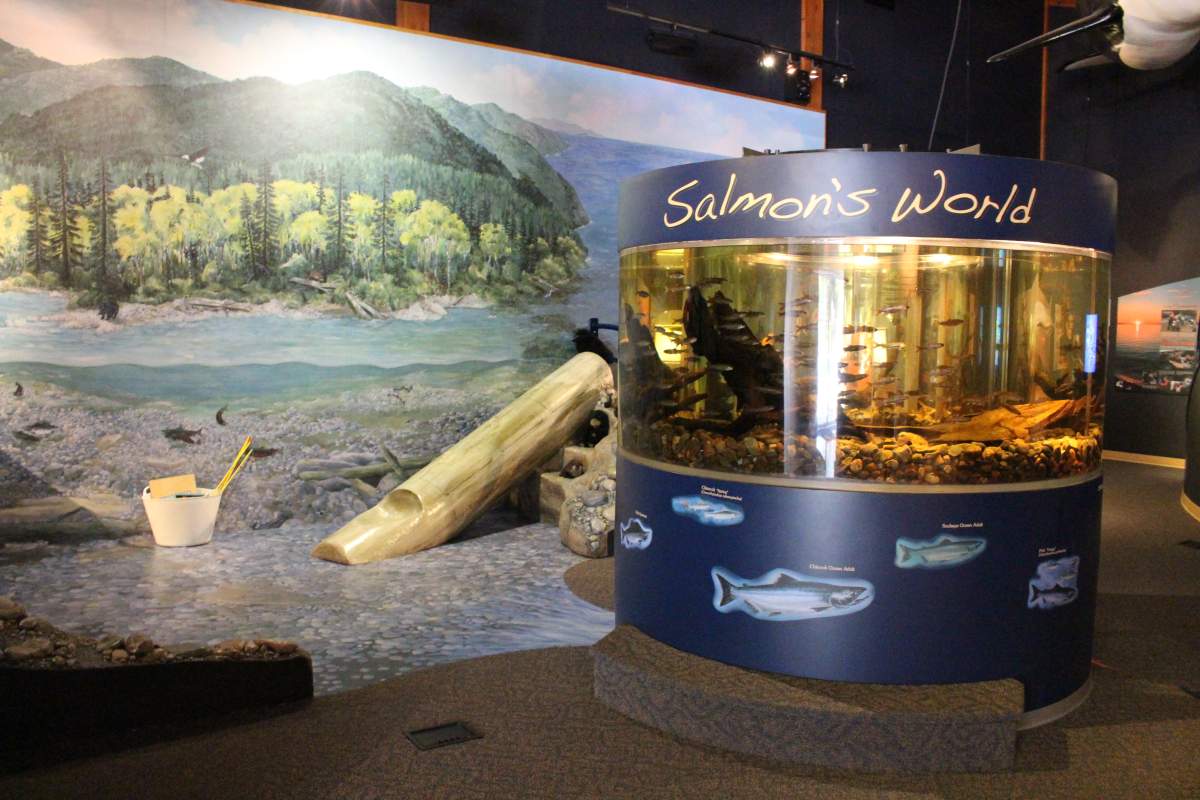

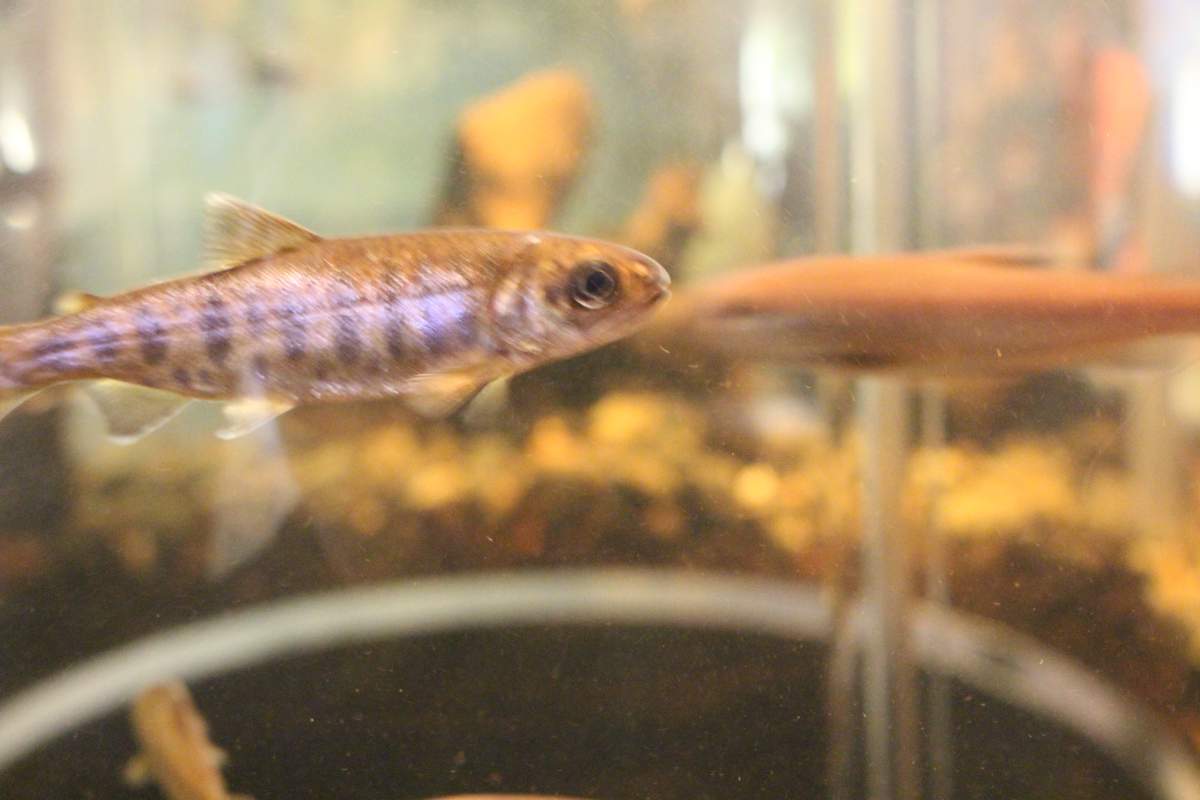







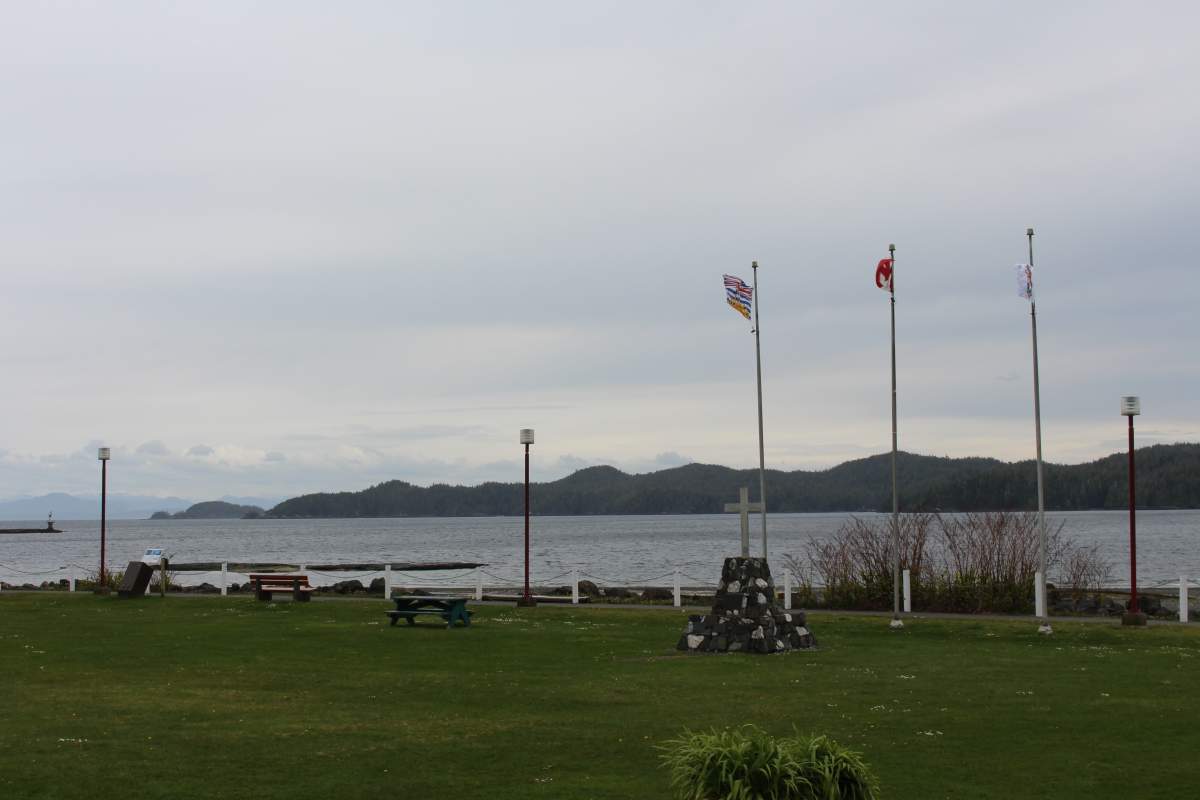

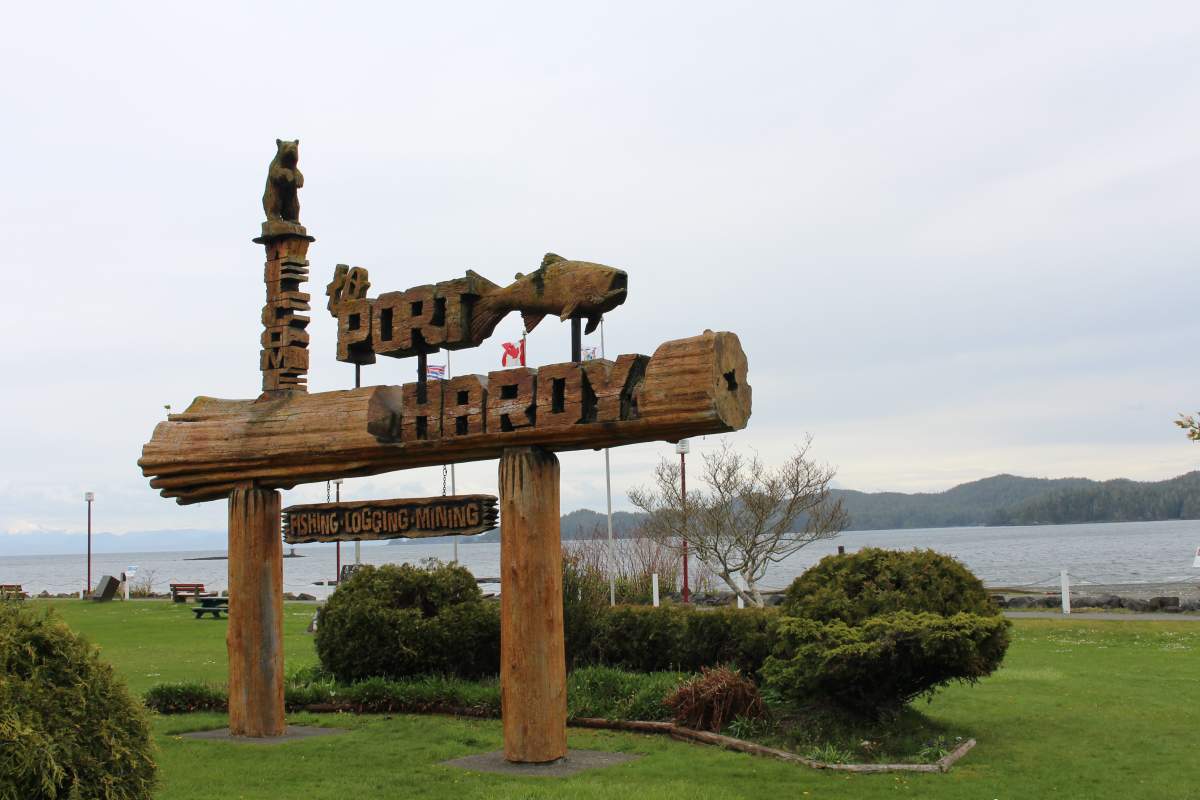


Comments